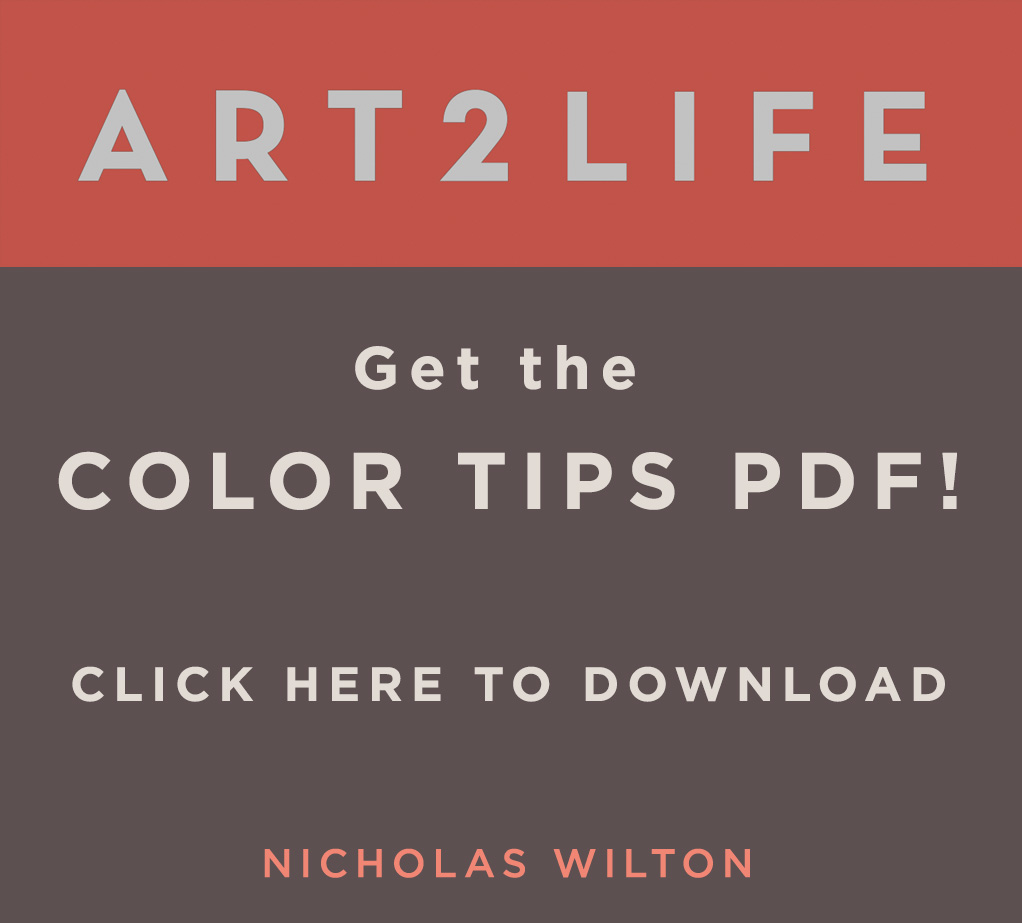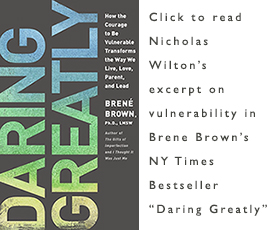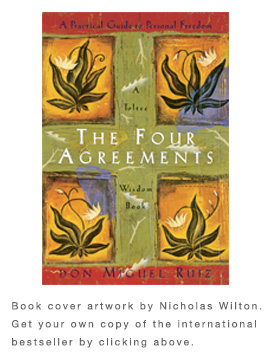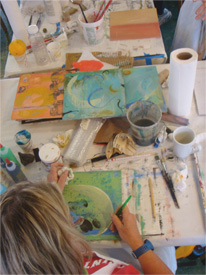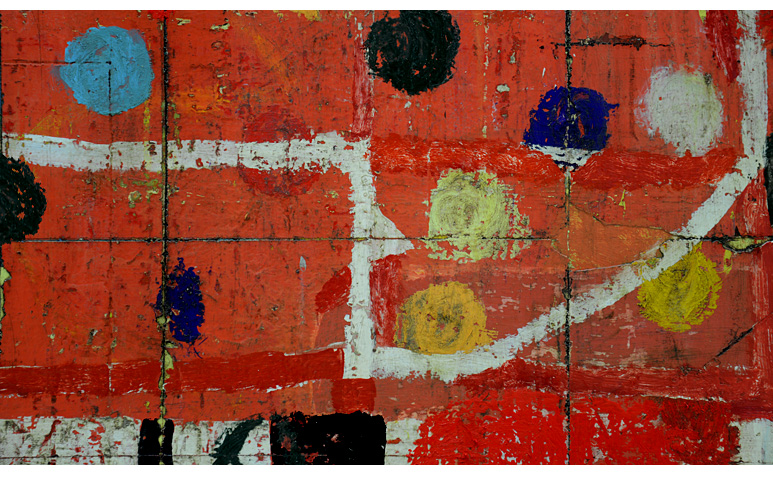 As most of you already know, the lessons learned, the principles at play in the making of Art almost seamlessly transfer to Life. I find that when I am feeling less sure of myself, my art feels somewhat the same. I also see parallels in the business side of making Art. Clarity, intention and passion translate not just into strong Art but also into building a new business, an idea or basically any new venture we desire.
As most of you already know, the lessons learned, the principles at play in the making of Art almost seamlessly transfer to Life. I find that when I am feeling less sure of myself, my art feels somewhat the same. I also see parallels in the business side of making Art. Clarity, intention and passion translate not just into strong Art but also into building a new business, an idea or basically any new venture we desire.
Creatives involved in the highly unconventional practice of making something highly personal and then sharing it with the world are not only artists, but are also entrepreneurs. There is a tremendous amount of outside the box thinking, risk and sheer determination needed not just in creating our Art but also sending it out into the world.
In Peter Diamandis and Steven Kotler’s new book “Bold” they illuminate the common mindsets of entrepreneurs and creatives who are engaged in building groundbreaking businesses, products or ideas.
It got me to thinking. What can we learn from those who build gigantic revolutionary ideas and business that we can then apply to our own creative ventures?
It turns out, one of the most powerful principles that all the entrepreneurs and creatives in the book share – be it Richard Branson, Amazon CEO Jeff Bezos or Elon Musk, the CEO and co founder of Tesla and Pay Pal – has to do with making mistakes.
Always swimming against conventional thinking, they have come to the realization that success comes not in spite of wrong turns but because of wrong turns. Mistakes are an integral part of success. I too see this every single day in my process of making Art, but hadn’t thought of it exactly this same way.
The book “Bold” offers that it is just not the simple idea of accepting mistakes as part of our process, but going even further to realize that the more mistakes, and the rate of mistakes do, in a direct way, determine the likelihood, degree and pace at which success is achieved.
“Fail early, fail often, fail forward.” Summarizes this beautifully. “Real progress requires trying out tons of ideas, decreasing the lag time between trials and increasing the knowledge gained from results,” is also utterly relevant to the practice of making Art. It is also one of the enabling concepts used by those involved in bold, passionate ventures. And in my opinion, this includes Artists.
This specific thinking, this approach in the entrepreneurial, start up, world changing idea realm is known as rapid iteration. The more I think about this idea, the more I see its relevance for the artist/entrepreneur. In my experience and practice, when I have managed to become more confident, more curious to make more and more mistakes, the stronger and not surprisingly the quicker my Art has developed. I didn’t know there was a name for it.
Regardless of whatever stage your practice or career is presently in I think this is a good reminder for artists to remember the hidden benefits all cued up, all just waiting in our upcoming mistakes. Maybe instead of just tolerating or accepting them, we start making more. And maybe we start making them quicker.
And then, because of this heightened rate of learning, authenticity and resulting clarity, our Art will shift, surely and boldly, forward.
What has your experience been with mistakes in your art practice?
In gratitude, Nicholas
